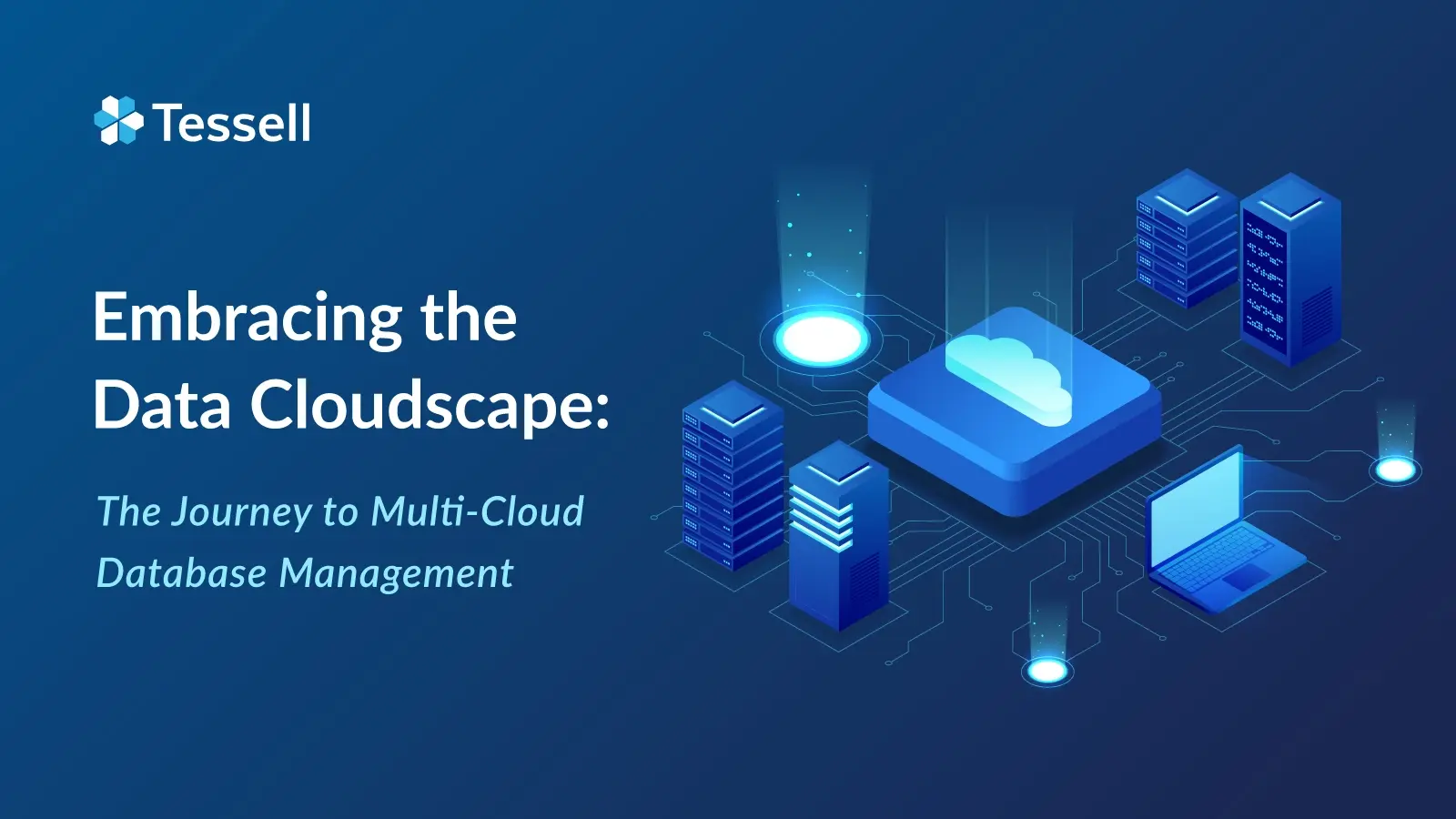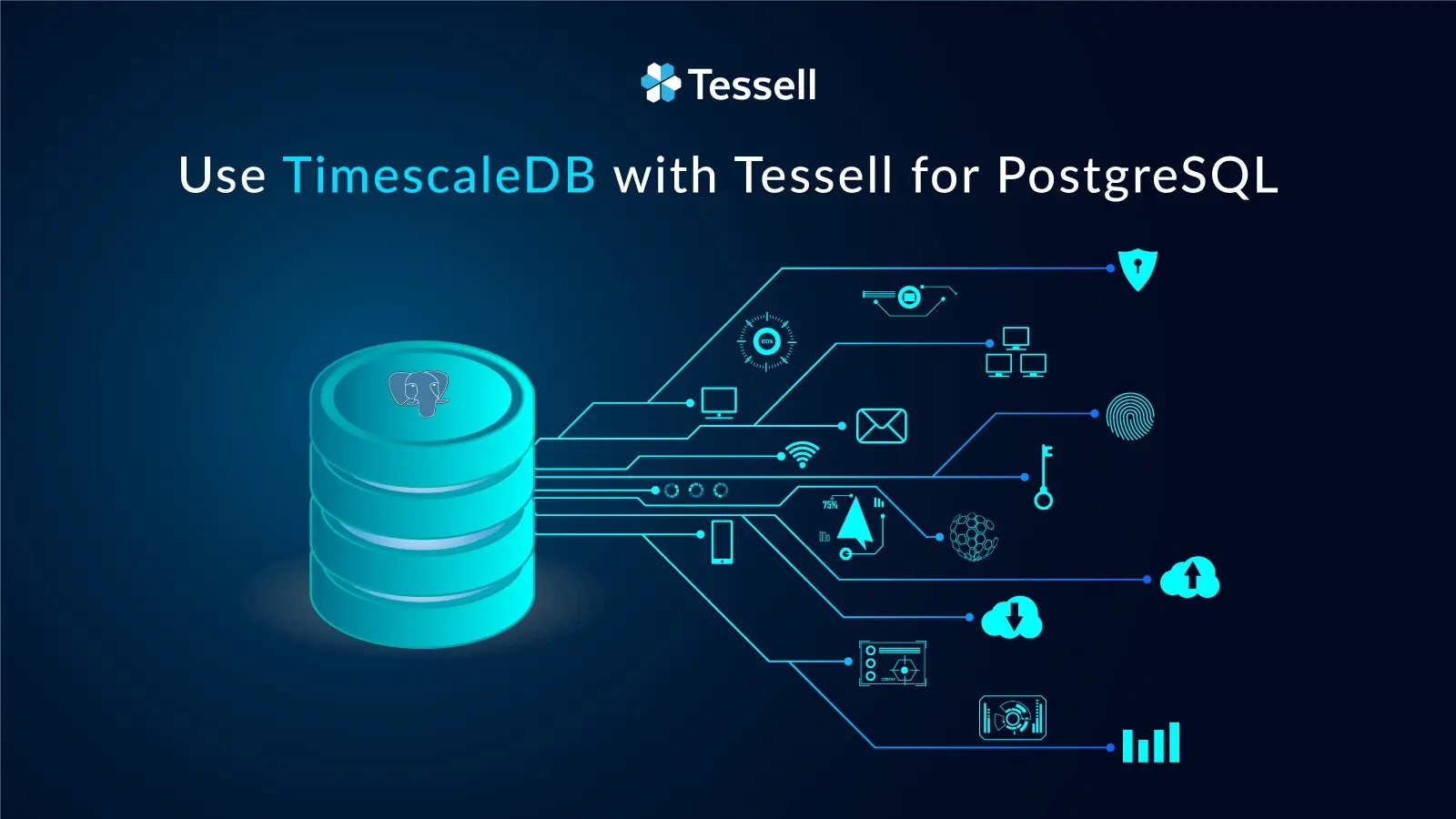In the not-so-distant past, enterprises stored their data and ran their applications on on-premises servers, managing their entire IT infrastructure within the confines of their data centers. However, as technology continues to evolve, the business landscape has witnessed a significant shift towards cloud computing. This transition has been more than just a migration; it's been a journey—one that has reshaped the way enterprises store, manage, and leverage their data.
The Exodus from On-Premise
The journey to multi-cloud database management starts with the migration from on-premises infrastructure to the cloud. This migration is not merely a technical shift but a strategic pivot that promises a multitude of benefits, including cost savings, scalability, and flexibility. Here's a brief overview of the key stages in this transformative journey:
1. Lift and Shift: The Beginning
The initial step for many enterprises involves "lifting and shifting" their existing on-premises applications to the cloud. This is often seen as a quick and cost-effective way to take advantage of cloud infrastructure. While it may not fully harness the cloud's potential, it's a practical starting point for organizations to test the waters.
2. Cloud-Native Transition: Embracing New Horizons
As enterprises gain confidence and familiarity with cloud environments, they embark on the path of "cloud-native" transformation. This involves rearchitecting applications to leverage cloud-specific services and technologies. It's a shift that encourages innovation and the development of applications optimized for the cloud, rather than simply hosting existing ones.
3. The Rise of Multi-Cloud Strategies
Once enterprises are firmly established in the cloud, they often find that a single cloud provider doesn't meet all their needs. Different cloud platforms offer unique strengths, and enterprises are drawn to these advantages. This realization is what sparks the adoption of multi-cloud strategies.
The Why and How of Multi-Cloud Strategies
But why would an enterprise decide to manage its data across multiple cloud providers? The reasons are as diverse as the enterprises themselves:
1. Avoiding Vendor Lock-In: One of the key drivers for multi-cloud adoption is the desire to avoid vendor lock-in. Enterprises do not want to be dependent on a single provider, which might lead to increased costs or reduced flexibility. By diversifying their cloud services, organizations can maintain control over their data and mitigate the risks associated with vendor lock-in.
2. Optimizing Cost and Performance: Different cloud providers offer varying pricing models and service options. By strategically distributing workloads across multiple clouds, enterprises can optimize their costs while ensuring optimal performance for each application.
3. Enhancing Disaster Recovery: Diversifying cloud providers can also enhance disaster recovery capabilities. By replicating data and applications across multiple clouds, organizations can better ensure data redundancy and business continuity.
4. Geographical Expansion: Some cloud providers have a stronger presence in specific geographic regions. Enterprises looking to expand globally can take advantage of multiple providers to accommodate their global presence more effectively.
5. Regulatory Compliance: Data privacy and regulatory requirements differ across regions and industries. Multi-cloud strategies allow organizations to store data in regions that align with their specific compliance needs.
6. Hybrid Cloud Flexibility: For enterprises with a mix of on-premises and cloud-based infrastructure, multi-cloud solutions offer the flexibility to create a hybrid cloud environment that seamlessly integrates existing data centers with various cloud platforms.
So, how does an enterprise go about devising a multi-cloud strategy? It begins with a comprehensive assessment of their specific needs, followed by careful planning and execution. Key considerations include:
- Defining Objectives: Determine what you hope to achieve with a multi-cloud strategy. Is it cost optimization, improved performance, risk mitigation, or regulatory compliance?
- Selecting the Right Providers: Evaluate which cloud providers align with your objectives and choose them accordingly.
- Data Management Solutions: Implement data management solutions that allow you to seamlessly move data across different cloud environments while maintaining data integrity and security.
- Security and Compliance: Develop robust security protocols and ensure compliance across all cloud platforms.
- Monitoring and Management: Implement tools and systems for monitoring, managing, and optimizing your multi-cloud environment.
Embracing the Multi-Cloud Future
In conclusion, the journey from on-premise infrastructure to multi-cloud database management represents a pivotal shift in how enterprises operate and leverage their data. Multi-cloud strategies offer the agility and flexibility needed to thrive in an ever-changing digital landscape. As technology continues to advance and the cloud ecosystem evolves, enterprises that embrace the multi-cloud approach will be well-prepared to meet the challenges and opportunities that lie ahead in the world of data management. The multi-cloud future is upon us, and it's a landscape that offers vast possibilities for those ready to explore it.





